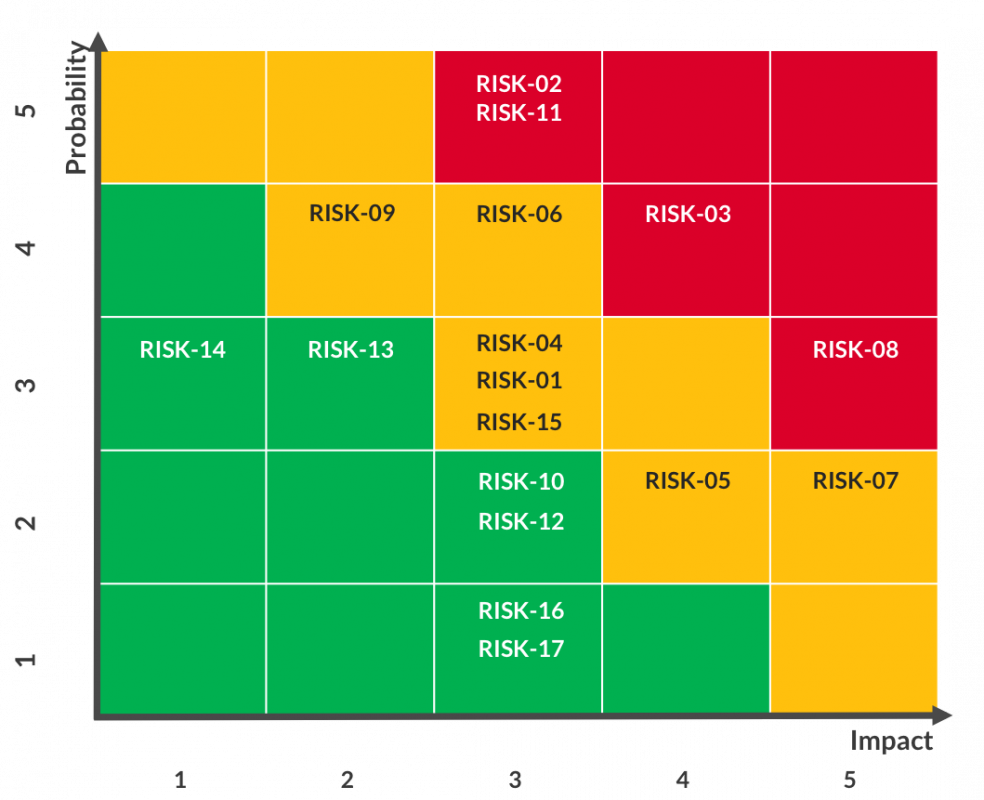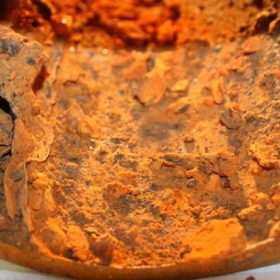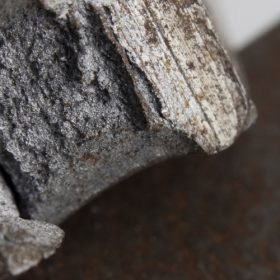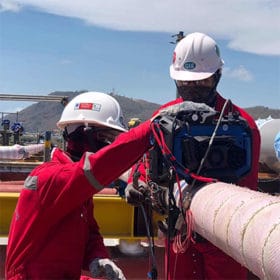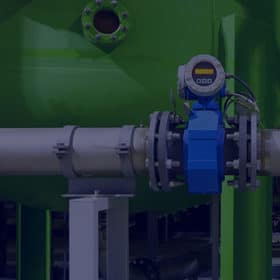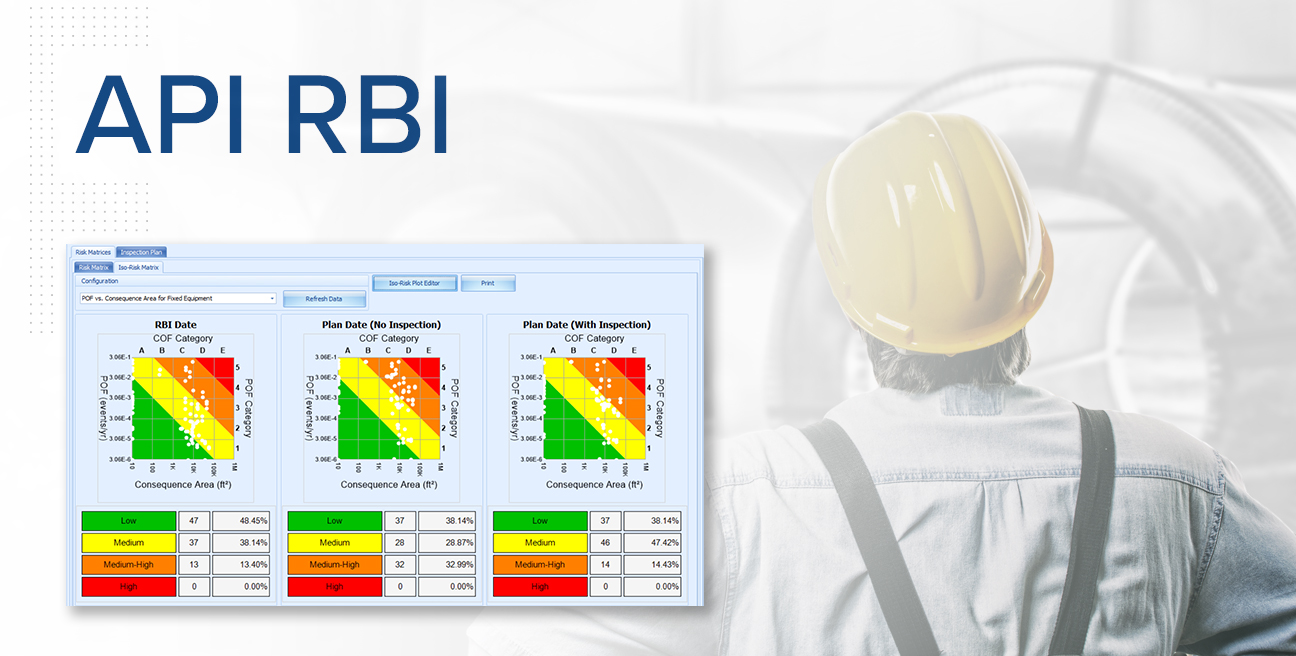RBI is the process of developing an inspection plan based on an assessment of the risk of equipment failure. Accordingly, the risk is determined based on the combination of two factors of failure possibility (LOF) of the piping system, equipment and consequences of failure (COF) if it occurs in relation to a particular item of equipment and pipeline. A properly implemented RBI program classifies individual pieces of equipment according to their risk and prioritizes testing efforts based on this classification.
During the implementation of the RBI assessment, a verification strategy is developed, including:
- Subject: Equipment, pipelines ... need to be inspected.
- Time: Optimal time period to perform the test.
- Method: Use the correct technique to detect common damage in equipment and pipes.

Why apply RBI?
RBI is used to identify and understand risks, their causes, and the current state of equipment during its life cycle. The RBI can indicate whether an audit needs to be performed; however, this requires extremely rigorous additional data to reduce the uncertainties associated with the risk of current and future equipment failure. RBI should not be used to recommend an inspection program when it will not improve knowledge of the failure state. In those cases, when PoF lead to a risk, the RBI should indicate other mitigation options such as replacement, repair, or other actions that satisfy the risk criteria.
RBI can be used to prioritize activities related to testing, usually by means of non-destructive testing (NDT), in order to lower uncertainty around the actual failure status of equipment. . An RBI-based test plan can outline how and when to test an asset. In addition to the NDE, additional risk reduction activities identified by the RBI assessment may include changes in building materials, installation of anti-corrosion linings, changes in operating conditions, use of inhibitors corrosion, etc.
Consistency and repeatability of analysis are critical to creating an effective RBI program, since RBI is based on relative risks. Caution should be exercised when using different RBI platforms (e.g., using a qualitative approach to perform the initial screening and a quantitative approach to the final analysis). Additional methodologies must be cross-normalized to ensure that valid data sets are obtained.
Codes and standards related to RBI
International technical standards and practices related to risk-based testing include APIs RP 580 and 581, ASME PCC-3, and RIMAP. API RP 580 provides the minimum guidelines for implementing an effective RBI program, reliable. API RP 581 details RBI . procedures and methods.
Advantages when testing based on RBI . method
- Minimize plant downtime due to problems.
- Building a risk classification system for equipment and pipelines in order to optimize time and cost and bring high efficiency for inspection;
- Extend the device inspection interval.
- Reduce the cost of performing routine maintenance.
- Improve the safety of each device and the whole system.
RBI assessment service
RBI evaluation is based on a combination of the practical experience and high level of expertise of experts with modern technologies and inspection and maintenance planning software to ensure a balance between inspection costs and the degree of reduction of the risk index.
RBI was developed according to the international standards API 579, API 580 and API 581 and has delivered RBI software implementation for qualitative, semi-quantitative and quantitative assessment widely used for refineries. oil, petrochemical, chemical large and medium scale.
Typical RBI services:
- Classify risks and determine acceptable risk thresholds for pipelines and equipment.
- Determine the optimal test interval.
- Develop a corrosion management strategy in the plant.
- Determine the operating life of equipment and pipes.
- Re-evaluate technical parameters and materials used for equipment and pipelines.
Risk Classification Matrix
